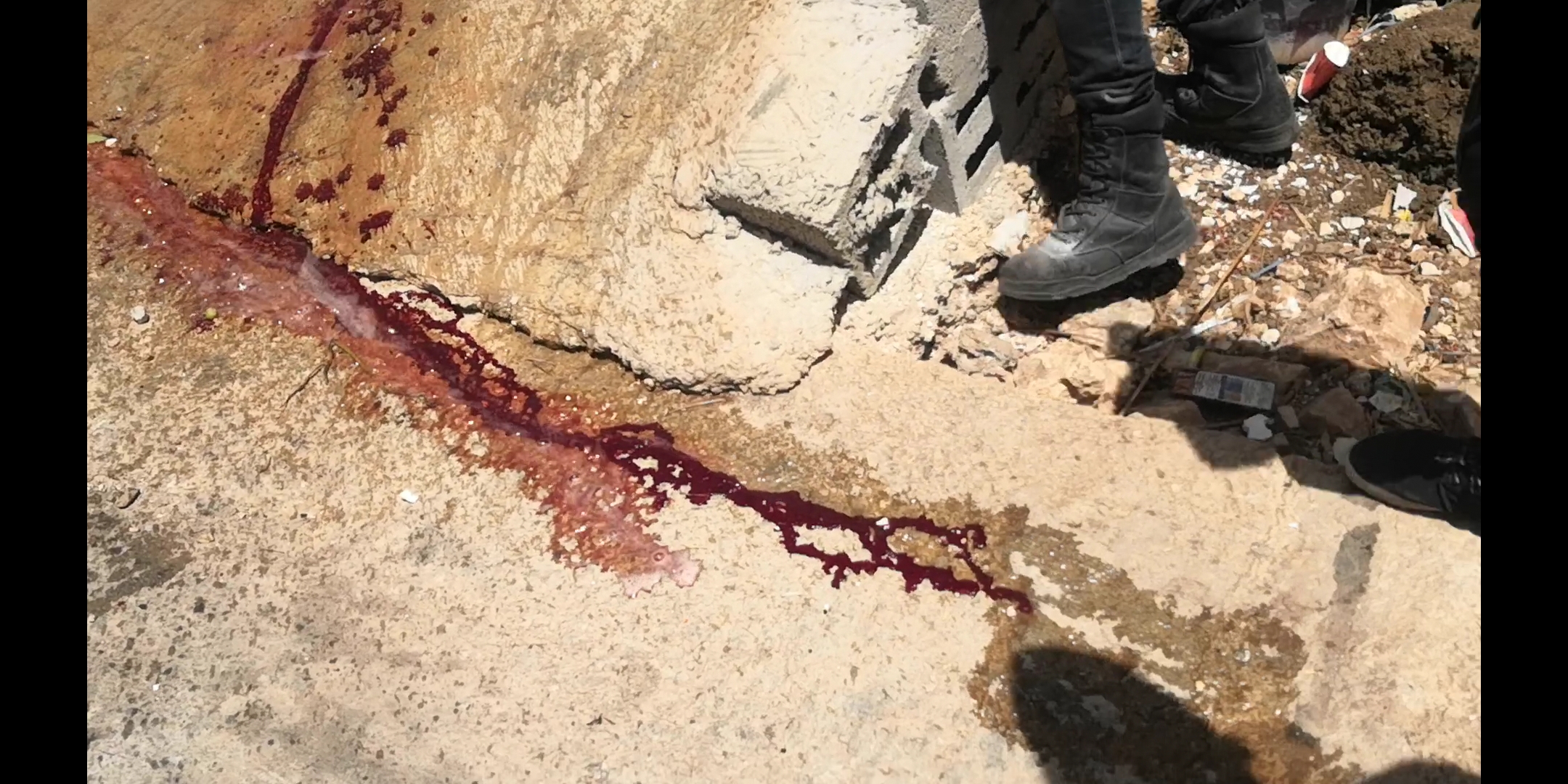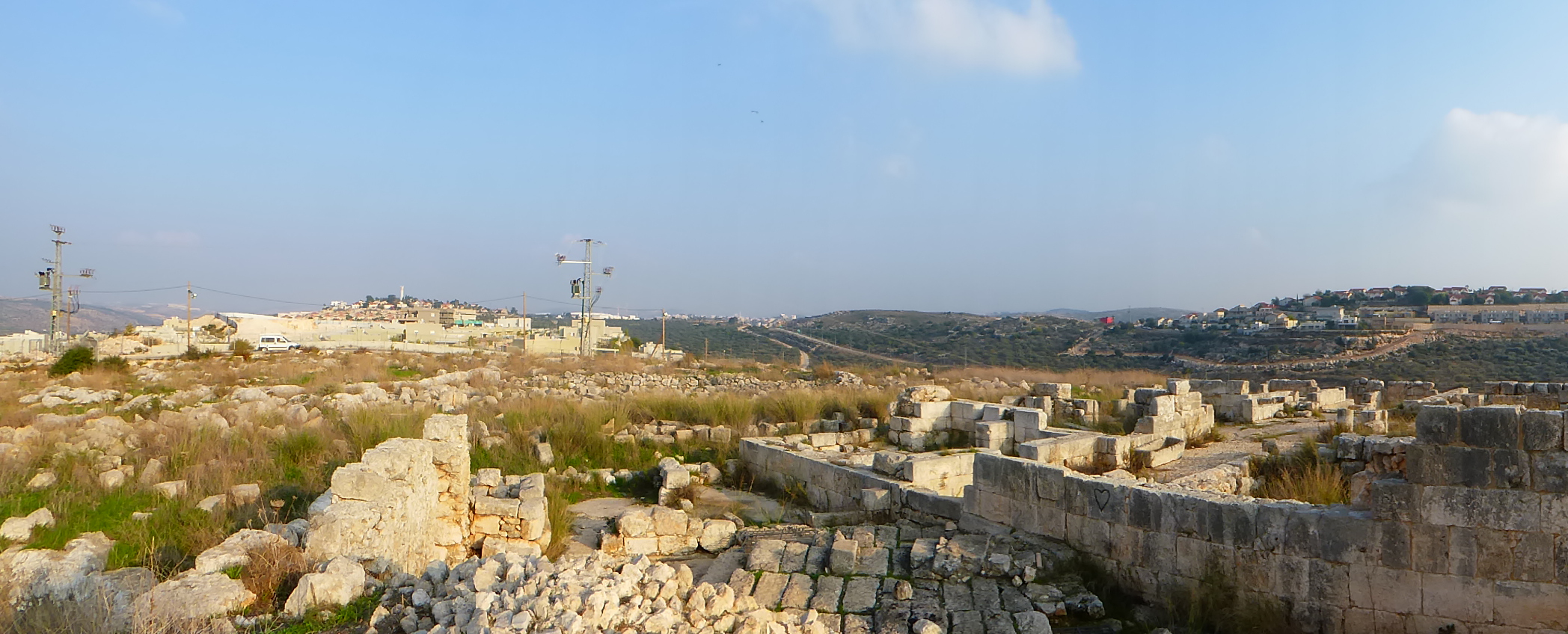Tag: Nablus
-
UPDATE: Over 100 bullet fragments in brain of Palestinian child shot in northern West Bank
July 15 | International Solidarity Movement | Kafr Qaddum, occupied Palestine Israeli soldiers shot a Palestinian child in the head with live ammunition on Friday during a protest against settlement expansion in the West Bank town of Kafr Qaddum, Palestine. Abdul Rahman Yasser Shteiwi, 9*, was rushed to Rafidia Hospital in Nablus at around 3pm…
-
Protesters break through replica of Apartheid Wall in Bethlehem symbolic run
Protesters gather for symbolic marathon near Apartheid Wall in Bethlehem June 19 2019 | International Solidarity Movement | Bethlehem, occupied Palestine Hundreds of people gathered in cities across the Palestinian Territories and England on Sunday June 15, to participate in a symbolic marathon in honour of the international right to freedom of movement. The project, called…
-
Insidious colonial strategy
7th December 2018 | International Solidarity Movement, Nablus Team | Deir Samaan, Salfit, occupied Palestine In the area of Salfit, harassment by settlers is a regular occurrence. They come to the villages, often late at night, to graffiti messages of hatred, and also vandalize cars and property. New settlements are being established frequently and are…


